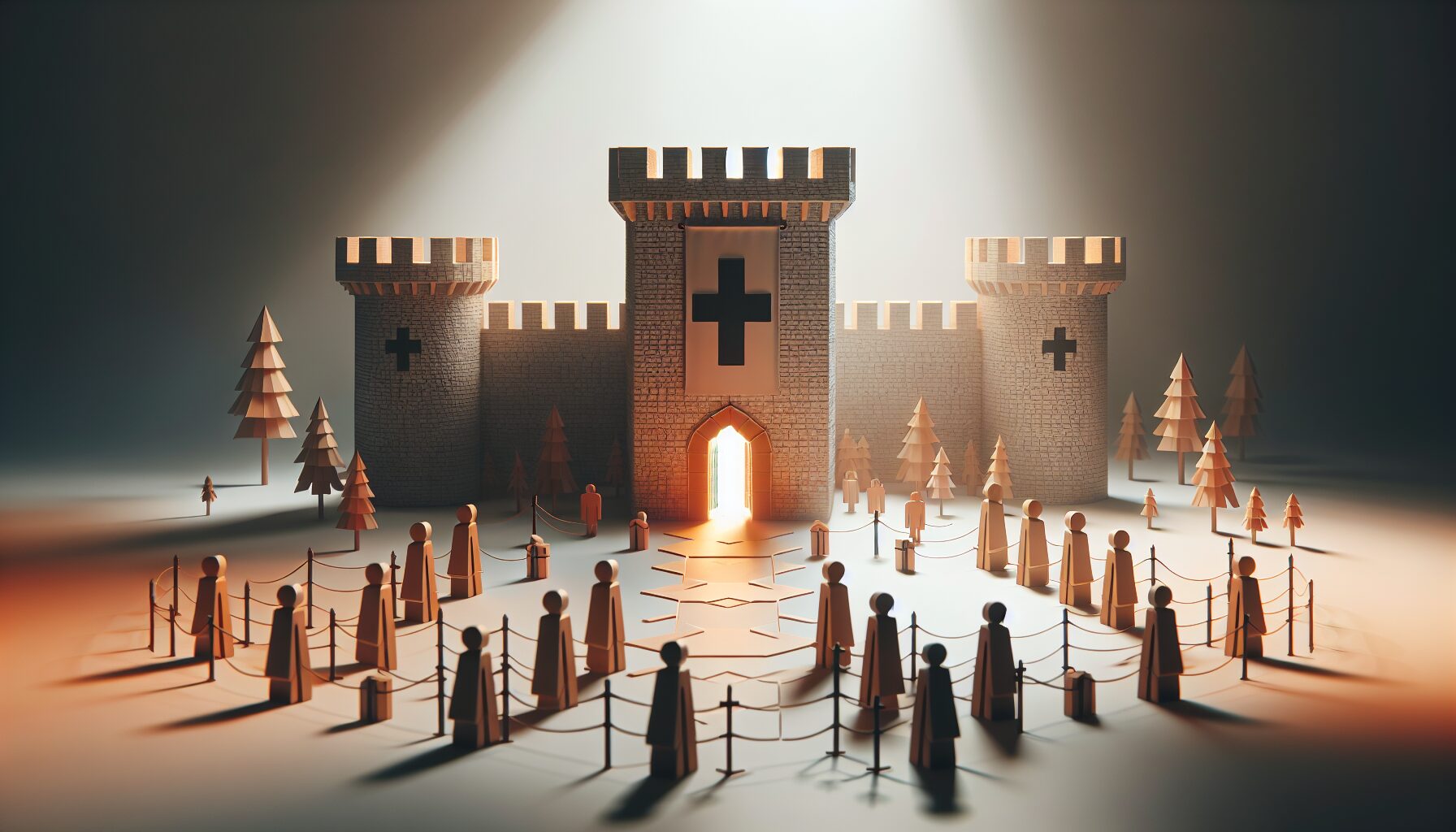Throughout history, traditions have been the bedrock upon which countless civilizations have constructed their identity and cohesiveness. They serve as a collective memory, offering a sense of permanence in an ever-changing world. However, as these customs evolve into steadfast fortresses that defend a culture’s heritage, they may also inadvertently result in isolation and alienation. This complex interplay between protection and separation merits deeper exploration.
“A nation’s culture resides in the hearts and in the soul of its people.” — Mahatma Gandhi
Traditions provide a sense of belonging and continuity. They connect generations, fusing past, present, and future. Such practices reinforce community bonds and offer individuals a refuge in the familiar. However, as traditions crystallize, they often become less inclusive and more exclusive, creating barriers to understanding and acceptance.
The Role of Tradition as a Protective Fortress
- Preservation of Identity: Traditions serve as a vehicle for cultural expression. They maintain linguistic diversity, culinary uniqueness, religious practices, and other cultural identifiers that define a community.
- Stability and Continuity: In times of turmoil, traditions can be a source of comfort, offering a framework of stability amidst chaos.
- Value Transmission: Through customs, values are effectively transmitted from one generation to the next, ensuring the survival of ethical and moral codes.
While these aspects underscore the importance of traditions as protective mechanisms, they can simultaneously act as barriers that keep others out, generating an ‘us-versus-them’ mentality that is resistant to incorporating new thoughts or practices.
When Tradition Becomes a Wall
In various societies, deeply entrenched traditions have led to the marginalization of minority groups and newcomers. The reinforcement of a singular cultural narrative often means that diverse or dissenting voices are not only ignored but actively silenced.
- Cultural Erosion: When a society clings too strictly to its traditions, it may resist necessary change, leading to cultural stagnation.
- Exclusivity: Traditions can create insular communities, where entry is barred to those who do not conform to established norms.
- Hampering Progress: Some traditions, despite their historical significance, may hinder social progress and integration by perpetuating outdated norms and practices.
This duality of protection and separation is evident in numerous instances around the world, where the urge to preserve cultural heritage leads to conflicts of identity and belonging within a multicultural world. For example, traditional roles and expectations in certain societies have created gender disparities and social stratification that seem at odds with modern human rights standards.
A Path Forward: Balancing Tradition with Inclusivity
Given the intricate tapestry of benefits and drawbacks that traditions present, how can societies negotiate a balance? Here are some strategies for opening the gates of these traditional fortresses:
- Adaptive Renewal: By encouraging a culture of adaptive renewal, traditions can evolve, allowing new elements to merge with the old, reflecting the continuous journey of cultural identity.
- Dialogue and Education: Open dialogue and education about other cultures’ customs can reduce prejudices and foster inclusivity.
- Embracing Fluidity: Recognizing that identity is fluid, not fixed, can help societies embrace multiple cultural inputs without feeling threatened.
As famed writer Haruki Murakami once noted, “When you come out of the storm, you won’t be the same person who walked in. That’s what the storm is all about.” Murakami’s words remind us that change is a part of cultural evolution, and embracing this change does not necessarily mean losing one’s cultural grounding but, rather, enriching it. Explore more quotes.
Conclusion
While traditions have the potential to act as protective fortresses safeguarding our cultural legacies, they should never become impenetrable walls that prevent growth and harmony. The challenge lies in reimagining traditions for the modern world, where the preservation of cultural identity goes hand in hand with inclusivity and progress. Only then can traditions continue to enrich and fortify societies in a manner that brings people together rather than keeping them apart.
